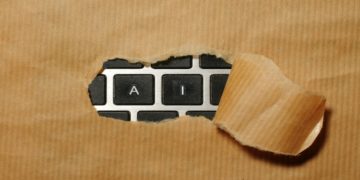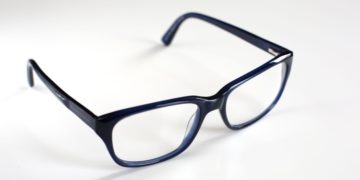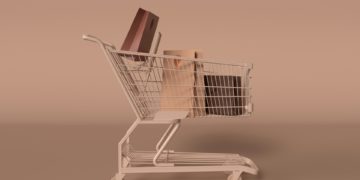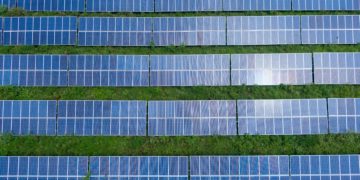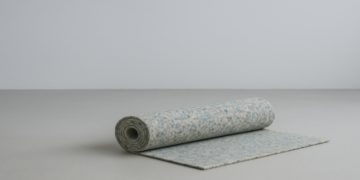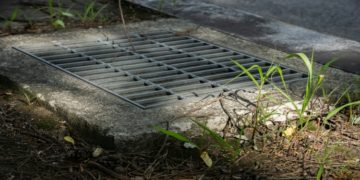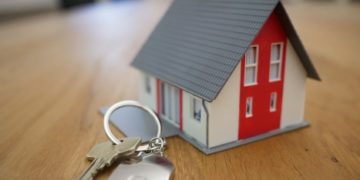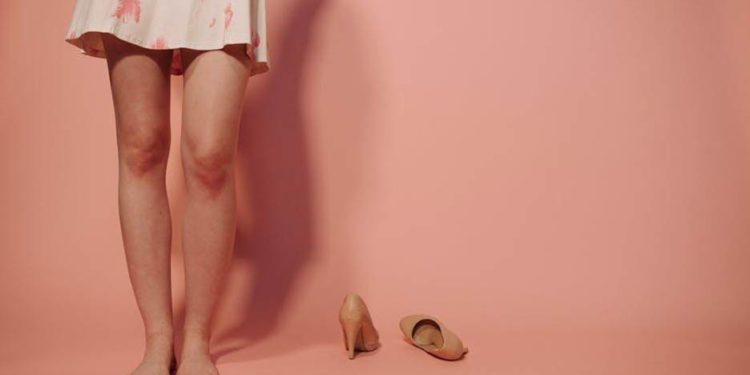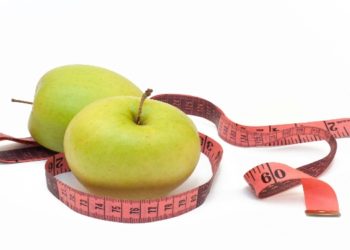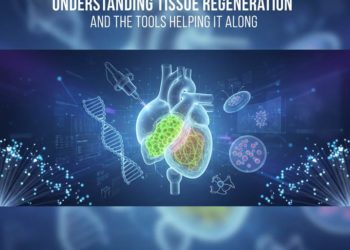Tired of seeing twisted, bulging veins on your legs? Varicose veins are more than just a cosmetic concern. They can also cause discomfort and health issues.
While genetics plays a role, everyday habits can make them worse. Standing too long, lack of movement, and even tight clothing may be part of the problem. The good news? You can take simple steps to reduce your risk.
Oh and if you want a more in depth technical breakdown, you can also consult with a vein specialists, like at Metro Vein Center, for guidance tailored to your specific condition. Let’s begin!
In this guide, we’ll discuss the top causes of varicose veins and share easy, effective tips for keeping your legs healthy and pain-free.
Genetics
Family history plays a big role in whether you develop varicose veins. If your parents or grandparents had them, there’s a higher chance you will too.
Weak vein walls and faulty valves can be inherited. This makes it harder for blood to flow properly, causing it to pool. While you can’t change your genes, you can take preventive steps by:
- staying active
- avoiding tight clothes
- Elevating your legs
Catching early signs like leg swelling or heaviness also makes a difference. Knowing your genetic risk is key to managing it.
Hormonal Changes
Hormonal shifts can increase the risk of varicose veins, especially in women. Pregnancy, menopause, and birth control pills all affect blood flow.
Estrogen can even weaken vein walls, making them stretch and swell. That’s why many women notice more visible veins during pregnancy. These changes can also lead to heaviness or leg pain.
While hormones are part of life, you can still take steps to ease the impact. Light exercise, good hydration, and compression socks may help. If your veins get worse over time, consult a specialist.
Prolonged Standing or Sitting
Spending hours on your feet or sitting too long can strain your veins. It slows down blood circulation, especially in the legs. Over time, this pressure builds up and can damage the vein valves.
This is why people with desk jobs or standing roles often face higher risks. Simple changes can make a big difference, such as:
- Taking breaks to walk around
- stretch regularly
- Shift your weight
Even flexing your ankles helps boost blood flow. Wearing supportive shoes and using a footrest can also ease strain.
If your legs often feel tired or heavy, it’s a sign to move more. Small habits go a long way.
Obesity
Extra body weight puts added pressure on your veins, especially in the legs. This makes it harder for blood to move upward, leading to swelling and twisted veins.
Obesity is a major risk factor for these veins. It can also increase discomfort and make treatment more complicated. That’s why staying at a healthy weight is so important.
Losing even a little pound can improve circulation. Regular activity and a balanced diet can help.
If you’re considering care, varicose vein treatment cost may vary depending on your condition and overall health. So it’s wise to talk to a vein specialist to explore your options.
The Leading Causes of Varicose Veins and How to Stop Them
Understanding the causes of varicose veins is the first step to preventing them. With a few lifestyle changes, you can protect your vein health and feel better each day. Stay active, maintain a healthy weight, and always listen to your body.
Ready to take control of your vein health? Explore your treatment options today and start moving toward healthier, stronger legs.
Did you find this article helpful? Check out the rest of our blog now!







